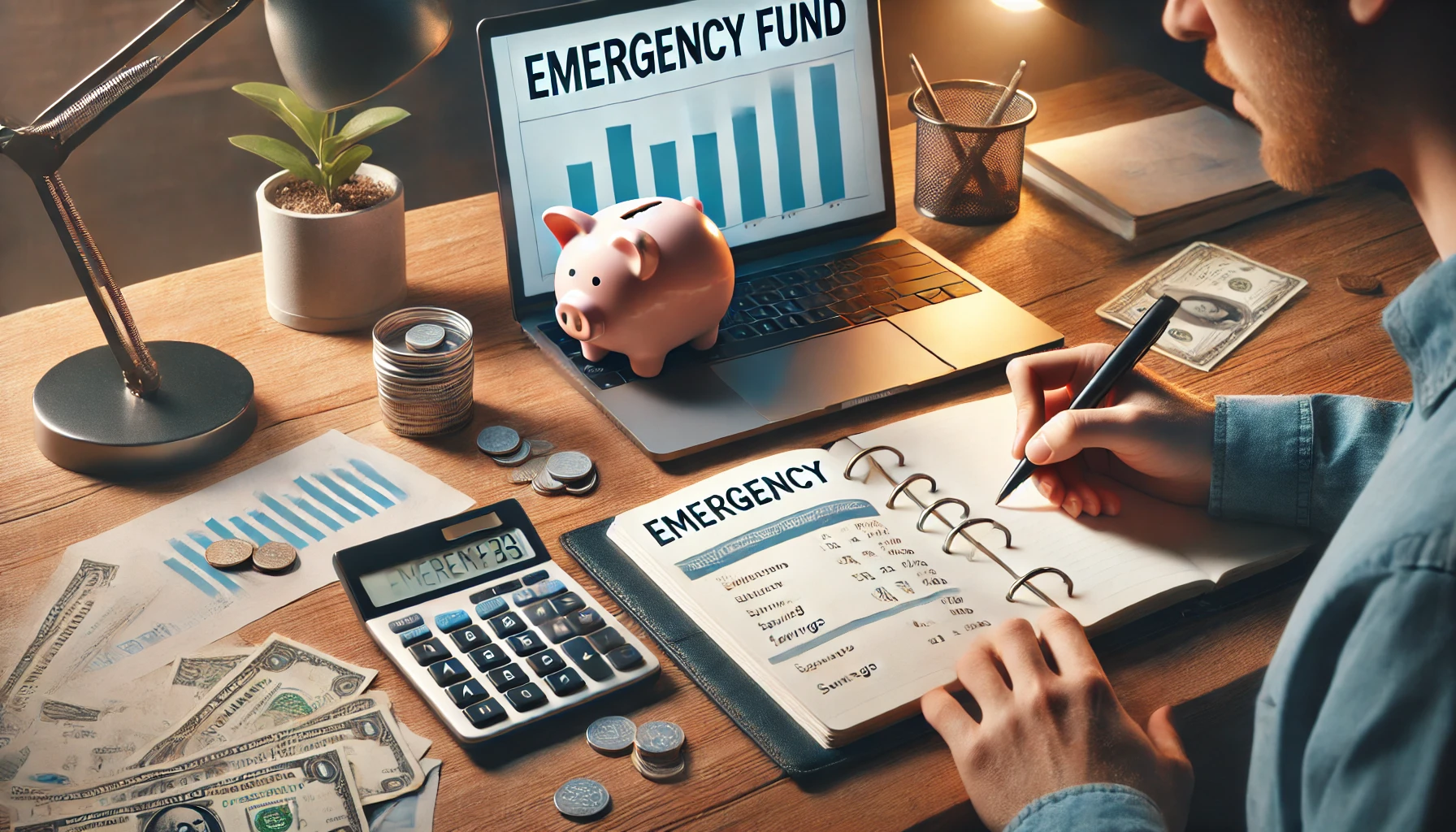Life is unpredictable, and financial emergencies can happen at any time. Whether it’s a medical bill, car repair, or sudden job loss, having an emergency fund can prevent financial stress and keep you from relying on credit cards or loans. In this guide, we’ll cover why an emergency fund is essential and how to build one step by step.
1. Why an Emergency Fund Is Important
An emergency fund acts as a financial safety net, giving you peace of mind and stability in difficult situations. Here’s why it’s crucial:
- Prevents Debt: Without savings, unexpected expenses often lead to credit card debt or high-interest loans.
- Reduces Stress: Knowing you have a financial cushion helps you handle emergencies without panic.
- Gives You Freedom: If you lose your job, an emergency fund allows you to cover expenses while searching for a new one.
- Protects Investments: Without an emergency fund, you might have to sell investments at a loss during a crisis.
2. How Much Should You Save?
The ideal emergency fund varies depending on your lifestyle, expenses, and income stability.
- Minimum: Start with at least one month’s worth of expenses if you’re just beginning.
- Recommended: Aim for three to six months’ worth of essential expenses (rent, utilities, food, insurance).
- More if needed: If you have an unstable job or dependents, consider saving six to twelve months’ worth of expenses.
3. Where to Keep Your Emergency Fund
Your emergency fund should be:
- Easily accessible: Use a high-yield savings account instead of investing it in stocks, which can fluctuate in value.
- Separate from everyday spending: Keeping it in a different account prevents unnecessary withdrawals.
- Safe: Avoid risky investments; the goal is security, not high returns.
4. How to Build Your Emergency Fund
Step 1: Calculate Your Monthly Expenses
List all necessary expenses, including rent/mortgage, utilities, groceries, transportation, and insurance. This helps determine how much you need to save.
Step 2: Set a Realistic Savings Goal
Break down your target into smaller milestones. For example, if your goal is $3,000, start with an initial target of $500.
Step 3: Automate Savings
Set up automatic transfers to your emergency fund each payday. Even small amounts, like $10 or $50 per week, add up over time.
Step 4: Cut Unnecessary Expenses
Find areas where you can save money. Reduce eating out, cancel unused subscriptions, or shop smarter to redirect funds into savings.
Step 5: Use Unexpected Income
Whenever you receive a bonus, tax refund, or extra income, add a portion of it to your emergency fund instead of spending it all.
Step 6: Keep It for True Emergencies
Only use the fund for real financial emergencies—unexpected medical bills, urgent car repairs, or job loss. Avoid dipping into it for vacations or impulse purchases.
5. What to Do After Reaching Your Goal?
- Continue saving: Even after reaching your target, it’s good practice to keep adding to your fund.
- Invest extra funds: If you have a fully-funded emergency fund, consider investing extra savings to build long-term wealth.
- Review regularly: As your expenses change, reassess your emergency fund to ensure it still covers your needs.
Having an emergency fund gives you financial security, reduces stress, and helps you handle life’s uncertainties with confidence. Start saving today, even if it’s just a little at a time—your future self will thank you!

